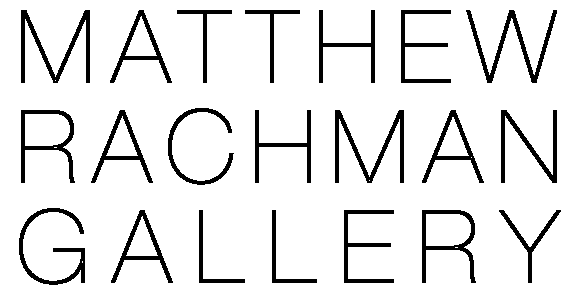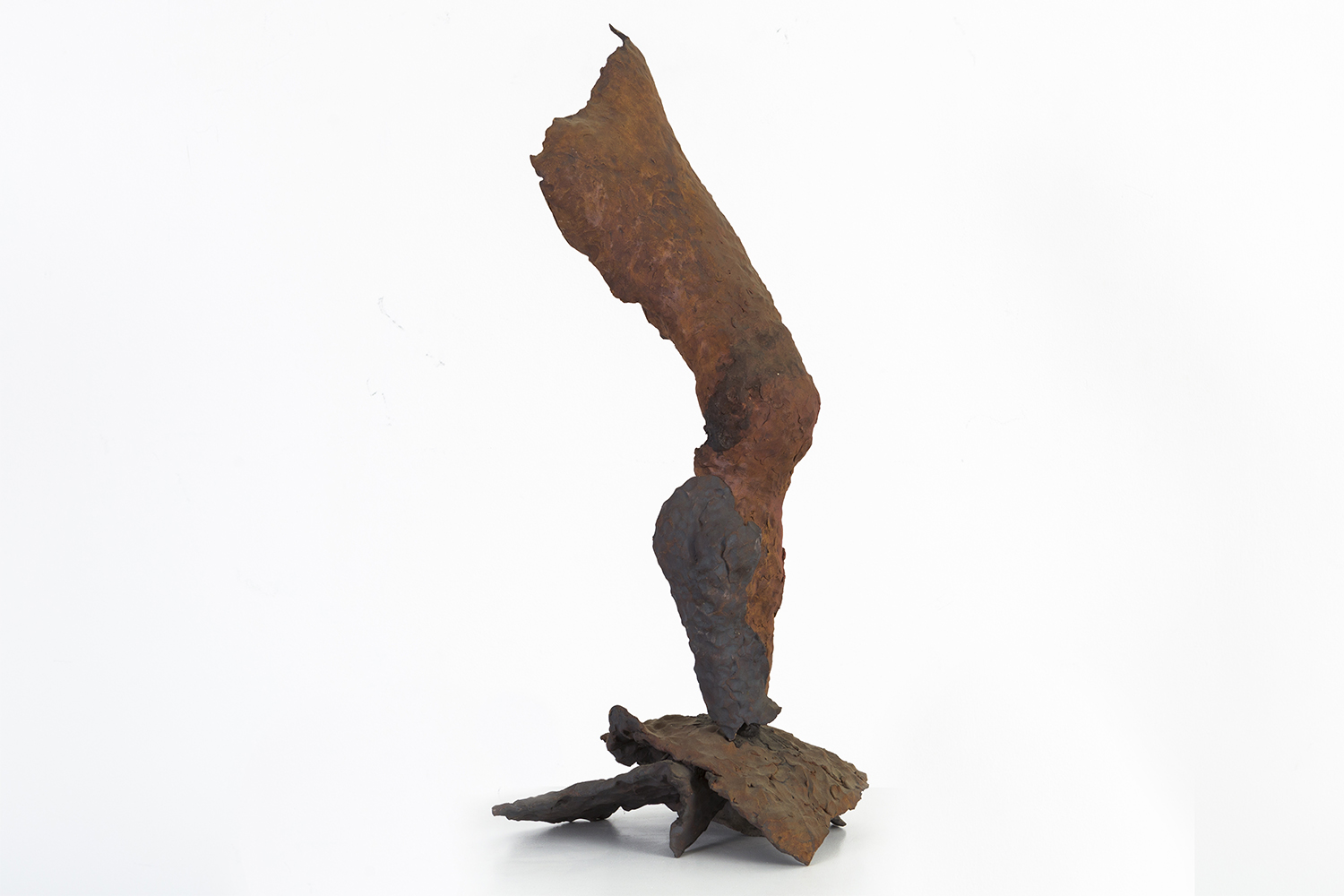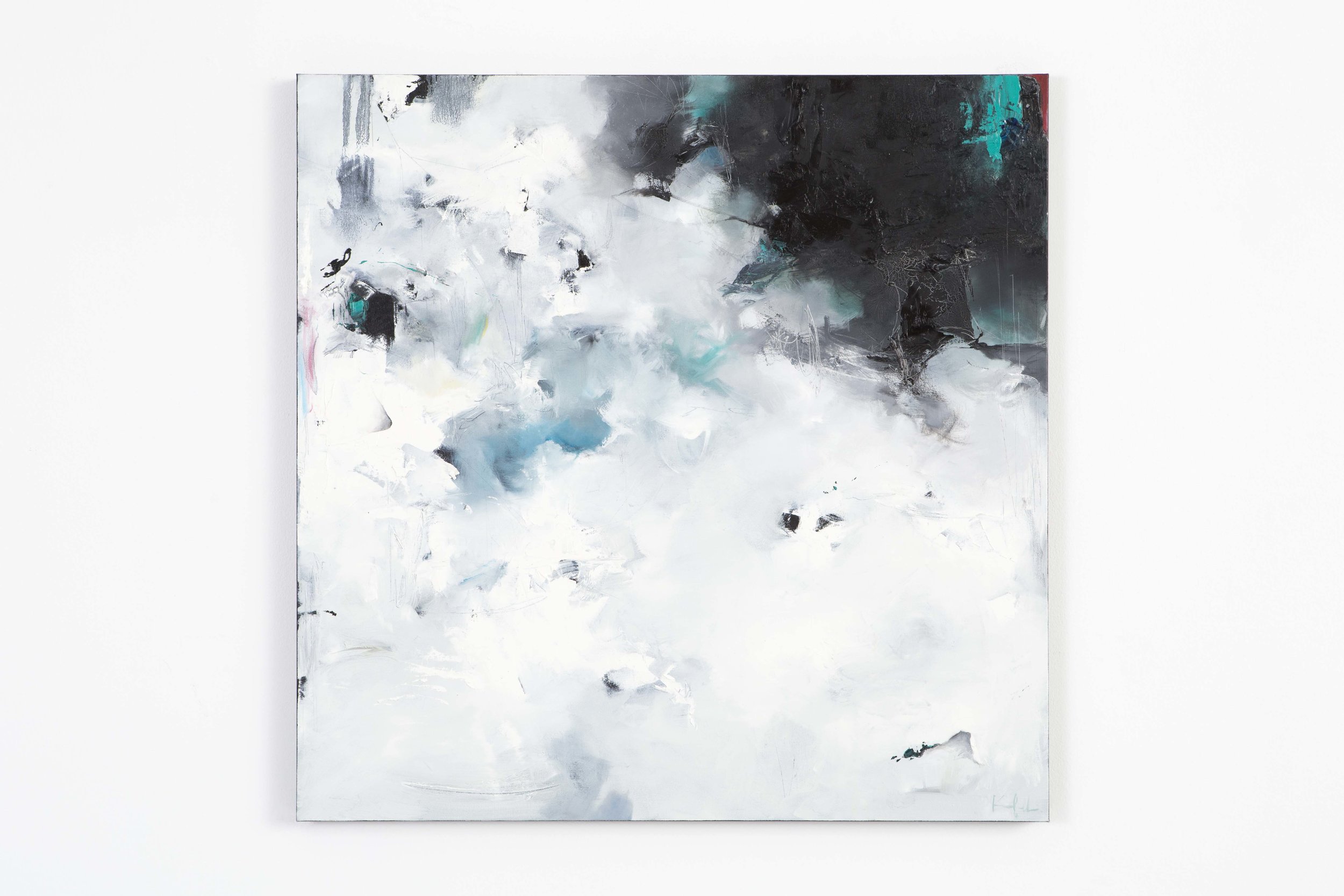In Ruth Aizuss Migdal’s Standing Tall, a leg bends suggestively towards the viewer. In her early career Migdal was an abstract expressionist painter, and her sensitivity to the particulars — very much like a painter who very carefully places paint on the canvas — shows itself in the care and attention Migdal gives to exalting organic curvature. Her decisive hand is very apparent and steady. Very much like in abstract expressionism, Migdal has captured a moment and frozen it in time. Standing Tall is still and in motion at the same time. One could imagine the leg’s bending curvature to change any moment.
Migdal’s work goes beyond simple physical representation of an object. Standing Tall stands as an image of unabashed power, unshaken by its environment. The gesture has been forever immortalized in stoneware.
At the heart of Migdal’s sculpture is the twofold act of deconstruction and reconstruction. Separating the body from its usual unified context provides the basis of the language Migdal explores and scrutinizes. She undertakes the fragmentation of her subject to underline the gaps in the presence of sculpture. Separate pieces of cast bronze components are treated as puzzle pieces, which Migdal assembles to create new arrangements. She asks us to consider equally what is there physically and what isn’t there. Her work is as additive as it is subtractive.
Scattered Floes by Nicholas Kriefall, 2016. Oil on canvas. Photograph courtesy of the gallery.
This sense of duality is closely examined in our autumnal show, As We Enter New Planes, featuring sculptures by Migdal and paintings by Nicholas Kriefall.
Kriefall’s work approaches the mystery of this duality in a different way. He is reliant on the flatness canvas provides. He counters the limitations of flatness by applying multiple layers of thick paint, creating multifarious texture and depth as he investigates the mysteries of the natural world. His landscapes are not readily discernible. Extremely painterly, they are a departure from a traditional understanding of landscape. Kriefall hints at the suggestion of a horizon line in his paintings, but ultimately the eye has no real place to land. This creates a displacement for the viewer. Instead of being reliant on recognizable representational elements, Kriefall anchors himself in the manifestation of feeling. He deconstructs in order to reconstruct. The viewer arrives at an external representation of an internalized feeling. Kriefall is constantly translating his feelings into something seemingly more tangible, concrete.
In Scattered Floes we see mystery’s veil shrouding our vision. Kriefall evokes the experience of floating sheets of ice through a blend of white, blue and black. These are the colors of this scene happening in the natural world. The purity of the ice and the water underneath bring out a blackness when they meet together and turn into one. An impenetrable depth is created. The work speaks to the natural way of how things change, develop and in strange ways, come together as one.
Together Migdal and Kriefall ask us to take a considered glance at the body and surroundings.
As We Enter New Planes is on view at the gallery until November 12. The gallery is open Tuesday through Sunday, 11 - 6 pm.

















